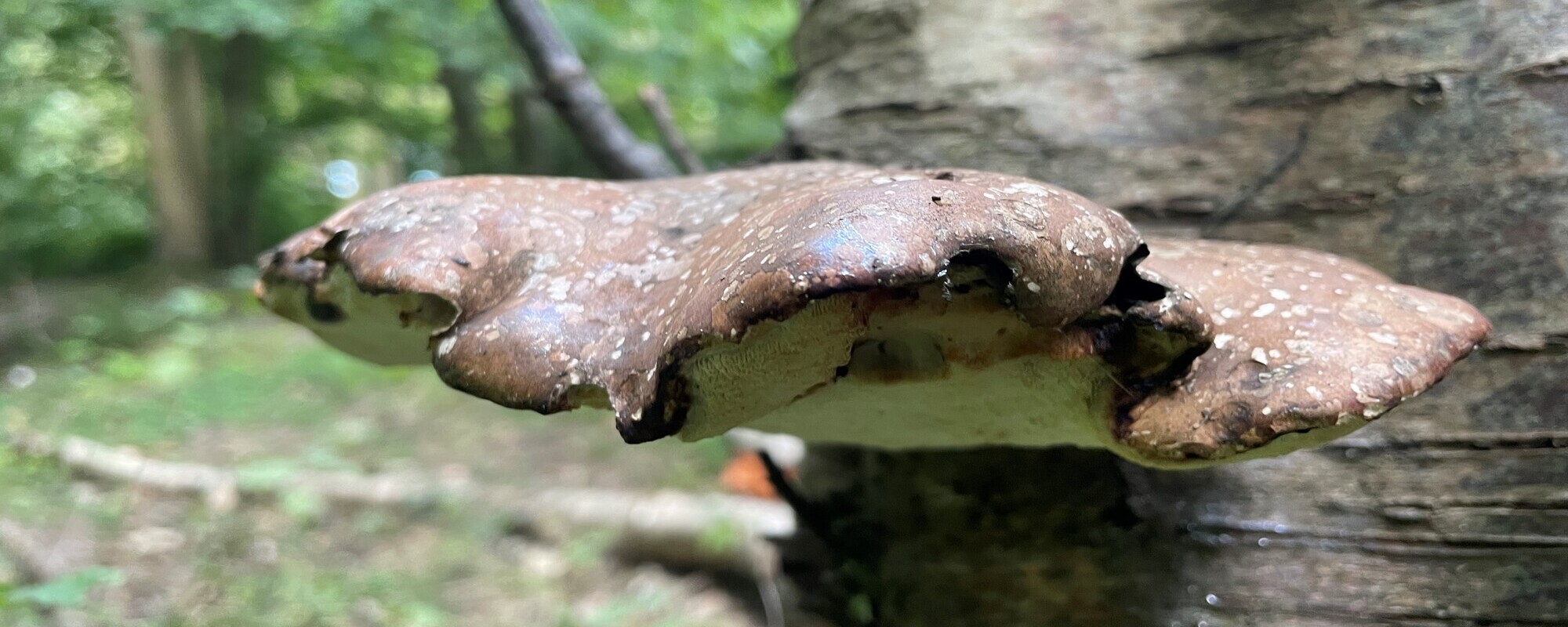Habitat Creation
As trees mature into veterans, they exhibit physiological dysfunction and develop decay features that have important ecological significance. These can include rot holes, broken decaying limbs and hollows in the main stem, to name but a few. These provide habitat for some of our rarest species affording them homes and the resources to thrive.
If veteran trees are absent on site, an age gap will be present, where trees are too young to be exhibiting habitat and decay features. Consequently, species dependant on this habitat will also be absent and biodiversity on site will be reduced. In planning, this can give a reduced Biodiversity Net Gain metric score in the condition assessment criteria.
In response to this assessment criteria, we offer site specific ‘veteranisation’ tree works which increase BNG metric scores post development. This includes a ‘tools instead of time’ methodology, whereby trees are specifically targeted and worked on to promote the onset of decay features and habitat. The works seek to mimic the natural effects of storm and wildlife damage on trees. This creates cavities for breeding birds and roosting bats, while providing decaying wood for fungi and saprotrophic insects. Additionally, small areas of wood can be felled to create glades and standing deadwood left to further increase the biodiversity metric score.

